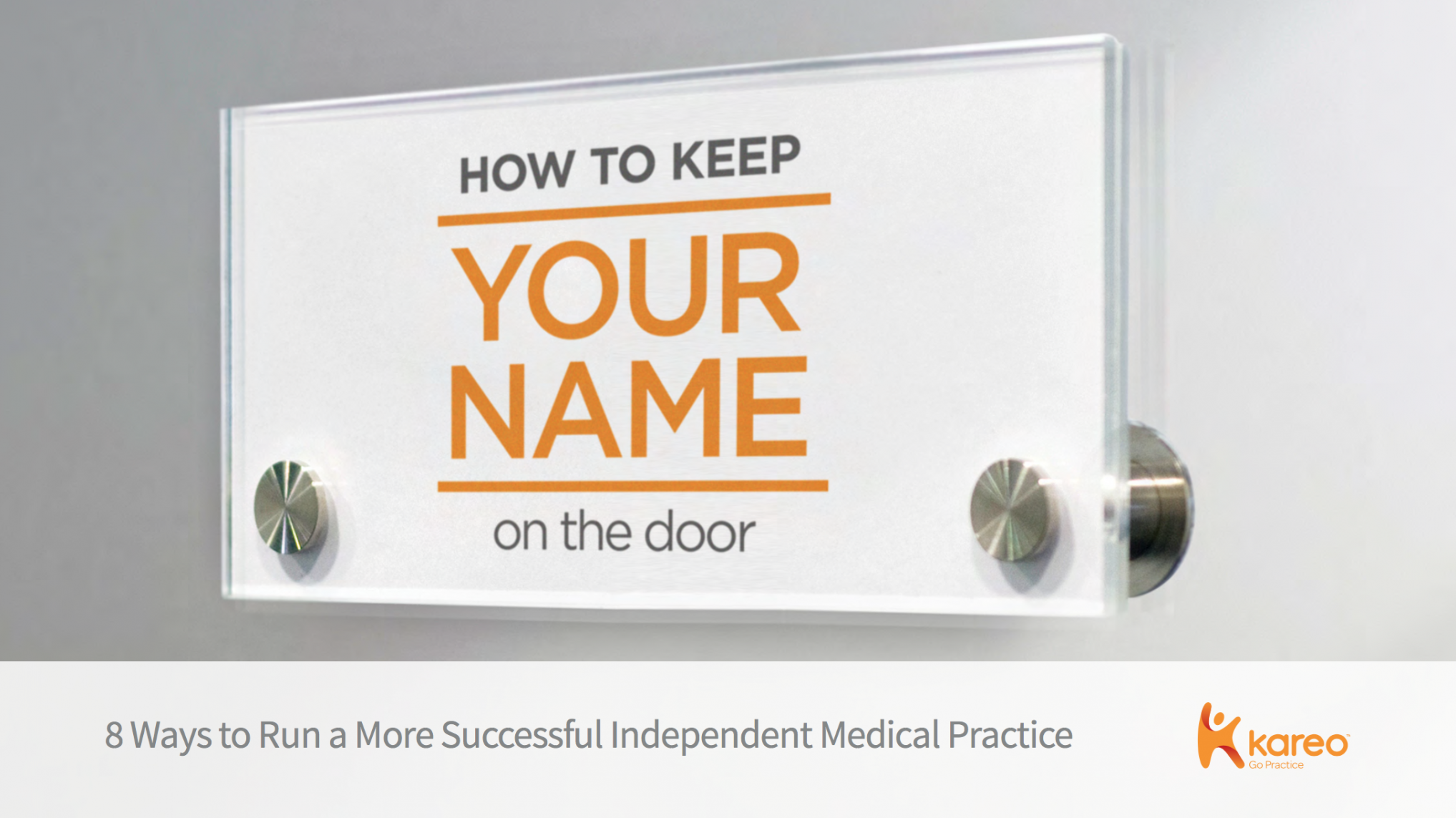Get Integrated to Improve Efficiency and Prepare for the Future
 Are you still logging into multiple systems to manage your practice? Or entering patient data more than once? Then you are probably losing time and money that could be more useful somewhere else.
Are you still logging into multiple systems to manage your practice? Or entering patient data more than once? Then you are probably losing time and money that could be more useful somewhere else.
It’s probably time for an upgrade to a single integrated platform, but make sure it is the right solution.
Here are some critical things to consider when choosing or updating your medical practice software: ![]()
- Look for complete data integration. There is no reason to enter information into multiple systems.
- Choose an end-to-end platform that meets all your practice needs. You need a single patient database and the ability to manage your scheduling, billing, clinical documentation, patient communications, and practice marketing.
- Make sure it is right-sized to your practice. There are plenty of things that a hospital or large multi-specialty enterprise needs that a smaller independent practice does not. You don’t have time to wade through the extras to get what you need. Look for a platform designed for practices like yours.
A seamlessly integrated platform can make life easier for everyone in your practice. For several years, the research group Black Book has been asking practice managers and physicians about the potential impact of a platform like this. Their most recent survey confirms that 90% of practice managers believe that an innovative, seamless RCM/PM/EHR system would ensure long-term practice independence, and greatly improve productivity and profitability.
That’s what Josh Bock, DC, Managing Partner at AFC Physical Medicine & Chiropractic Centers, was looking for in a new system. The groups had decided it was time to upgrade at the beginning of 2013 when they found out their billing system wouldn’t be ready for ICD-10. “We wanted to be able to meet any coming changes in the industry,” Dr. Bock says. “We also knew we wanted an integrated practice management, billing, and EHR system.”
They have seen the benefits since they switched. “My expectations have certainly been met, and in some cases, exceeded,” says Dr. Bock. The obvious benefit he says is that they are more efficient and connected across their nine locations. “Kareo has improved efficiency in documenting, scheduling, records requests, and billing,” he adds.
Improving efficiency isn’t the only reason to consider bringing your practice’s software under a single integrated platform. The industry as a whole is moving towards increased interoperability between providers and improved outcomes for patients. More and more reimbursement will be tied to the use of technology, how providers care for patients, and patient experience.
Just having a billing system or using ePrescribing won’t cut it. Practices will need to an end-to-end solution that enables everything from online scheduling to text reminders to patient follow up surveys and credit card on file to claim tracking to electronic statements. They will also need the ability to document visits and engage patients in their care.
Now is the time to make this change before the new programs under MACRA become a reality. Starting in 2017 Medicare payments will be tied to participation in the new Merit Based Incentive Program (MIPS) or Alternate Payment Model (APM). Both require the use of technology to meet the requirements and the both the incentives and the penalties can be steep.
So, if you can’t easily complete tasks and get the data you need from a single system or you are spending a lot of time on manual tasks or re-entering data, it’s time to make a change. Be sure that change is to a fully integrated system, right-sized for your practice.
Choosing the right integrated technology platform for your practice is just one step in ensuring you can stay competitive in today's healthcare marketplace. For more tips to independent practice success, download 8 Ways to Keep Your Name on the Door.




















